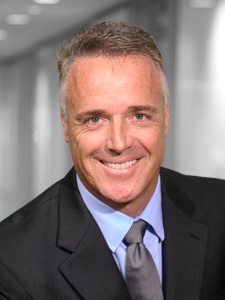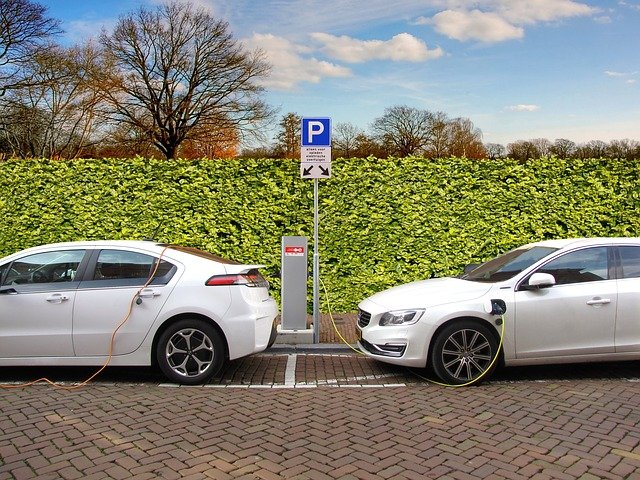During its first quarter as a public company, the electrical balance of systems (EBOS) provider Shoals Technologies Group saw its year-over-year revenue numbers climb 12% to $45.6 million. This growth came on the back of a 46% year-over-year jump in systems solutions revenues, driven in part by strong demand for utility-scale solar.
Component revenues declined during the period, but systems solutions carry higher margins than components, the company reported.
“In our core U.S. solar business, we are seeing increasing levels of demand as the build out of new projects accelerates,” Jason Whittaker, Shoals Technologies Group’s CEO said. A combination of factors, including continued declines in the life cycle assessment of solar, the two-year investment tax credit extension. and the normalization of the permitting processes are driving this acceleration, he said.
Unlike many of its engineering, procurement and construction (EPC) customers, Shoals is not having a hard time staffing jobs. Whittaker said that this is because the company’s combined as-you-go system install is faster than conventional providers’ installs and because Shoals’ installation does not require skilled labor.
“We can be the difference between our customers being able to take on an incremental job versus letting it go to a competitor because they simply don’t have the crews available to do the work,” he said.
Shoals said it is also getting faster at winning new customers. The company recently converted a prospect to an order in less than 90 days.
According to Whittaker, Shoals has been relatively unaffected by the current tightness in the U.S. utility-scale solar market. Some shifting of projects has occurred, but based on where projects sit right now, these shifts are not meaningful enough to adjust the company’s outlook, he said.

So far, Shoals has also been largely unaffected by the current squeeze on shipping services.
“We are in a nice place and highly vertically integrated in our manufacturing, and because the product packs out so well, we can get it to where it needs to be quite readily,” Shoals Chairman Brad Forth said.
Shoals said that it has not had any difficulty procuring materials for product processes and that all of its major suppliers have continued to meet their delivery commitments this year.
Charging ahead
For its electric vehicle solutions, Shoals is targeting EPCs that build charging stations and charge point operators. Targeting charge point operators makes sense because they are the ultimate beneficiaries of lower installation costs and because they typically specify which vendor’s equipment they will allow EPCs to use for their charging stations.
The company said it does not need to spend a lot of money to penetrate this market, which remains concentrated. “You can get to roughly 80% of the addressable market through about a dozen companies,” said Jeff Toner, vice president of EV solutions.
EV charging deployments are growing rapidly and participants need to get more efficient to stay competitive, Toner said. To this end, Shoals is launching four product families that it believes will reduce the installed costs of charging deployments by 20-30%.
In Q4, Shoals is launching a plug-and-play power conversion and protection Skid Solutions product that it says will reduce field installation costs and site disruptions, and a Quad Charger Skid product line. According to Shoals, the latter product, which is suited to EV fleets, will minimize placement and cable costs because each skid will support four vehicles.
A second phase of Shoals’ EV charging product push is slated for Q1-2022, and will include Raceways and EV big lead assembly (BLA) products. Whereas the EV BLA product will take Shoals technology and apply it to EV charging to eliminate the need for multiple home rods from each dispenser to the distribution panel, the company’s Raceways are above-ground cables trays that it says will eliminate or minimize the need for trenching. The approach is intended will make installation faster and minimize disruption to the customer site, Toner said.
All of these new EV charging products will be able to be used individually or grouped together, he said.
This content is protected by copyright and may not be reused. If you want to cooperate with us and would like to reuse some of our content, please contact: editors@pv-magazine.com.








By submitting this form you agree to pv magazine using your data for the purposes of publishing your comment.
Your personal data will only be disclosed or otherwise transmitted to third parties for the purposes of spam filtering or if this is necessary for technical maintenance of the website. Any other transfer to third parties will not take place unless this is justified on the basis of applicable data protection regulations or if pv magazine is legally obliged to do so.
You may revoke this consent at any time with effect for the future, in which case your personal data will be deleted immediately. Otherwise, your data will be deleted if pv magazine has processed your request or the purpose of data storage is fulfilled.
Further information on data privacy can be found in our Data Protection Policy.